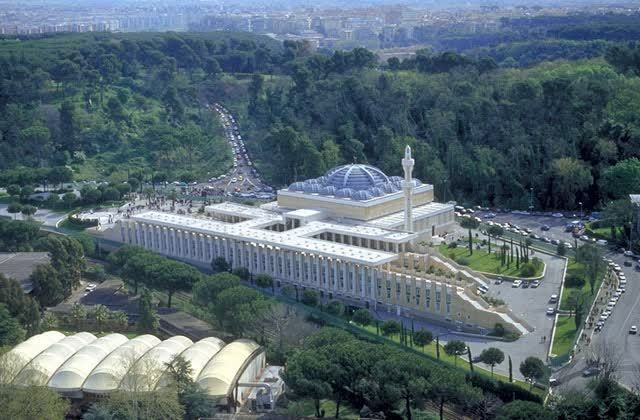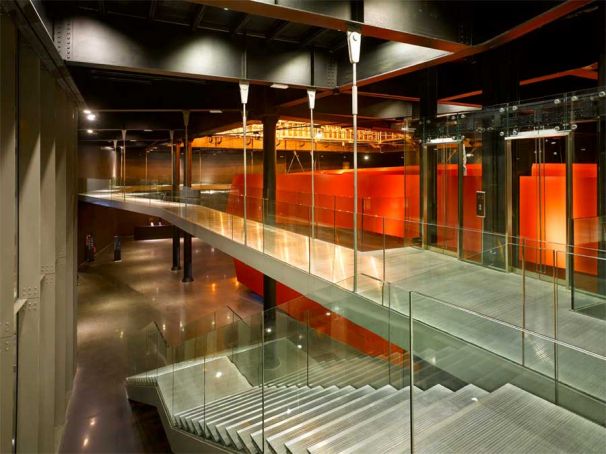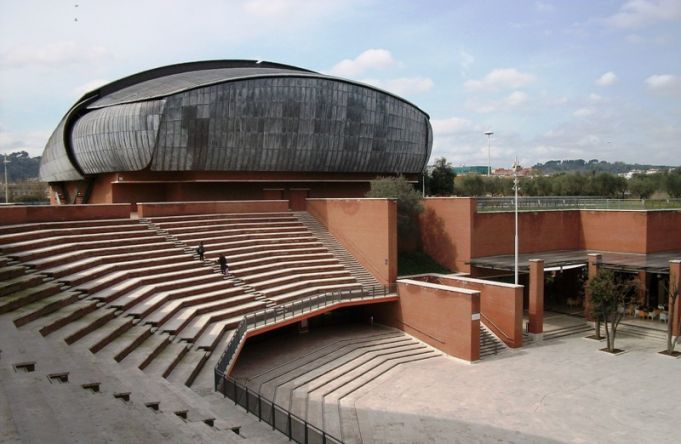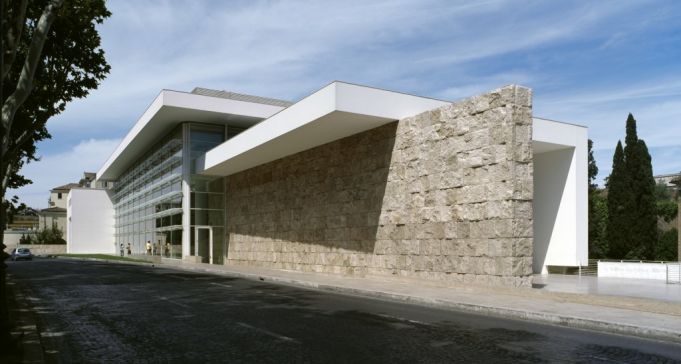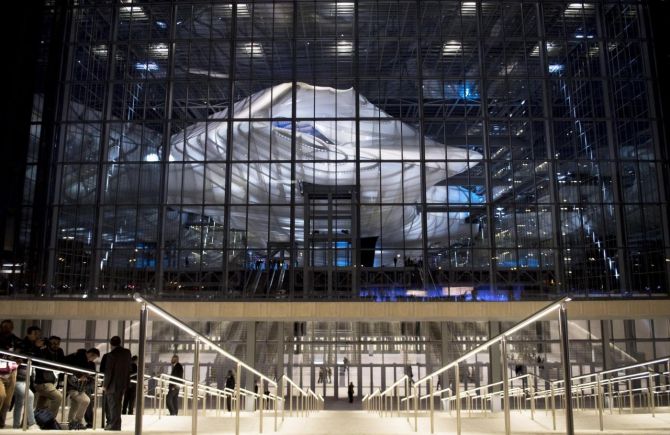A list of the most important examples of contemporary architecture in Rome.
There has been some impressive architecture in Rome in the last couple of decades. With so much else to see, contemporary buildings in Rome are often overlooked. But a number of impressive new structures by world-known architects have been inaugurated in various parts of the city in the last three decades. All of them have caused controversy both before and during construction and have taken longer than anticipated to complete. Most of them have also run into funding difficulties.
The Mosque
The Mosque in Parioli was designed by Paolo Portoghese. After much discussion with the Vatican about whether or not a mosque should be built in Rome, the first stone was laid in 1984 in the Acqua Acetosa area and it was inaugurated in 1995. It was founded by the late Afghan Prince Hasan, who was living in exile in Rome at the time, and financed by the Saudi royal family. It is also the centre of the Associazione Culturale Islamica in Italy. Viale della Moschea.
MACRO
MACRO, Museo d'Arte Contemporanea di Roma. The city's two contemporary art galleries were transformed out of two decommissioned industrial buildings: the old Peroni beer factory in the Porta Pia area of Rome and the old slaughter house in Testaccio. Construction began in 1989, the first part was opened in 1999 and then officially inaugurated in 2002. French architect Odile Decq was commissioned to design an extension to the Porta Pia site, which was opened in 2010. Via Nizza 138 and Mattatoio, Piazza Orazio Giustiniani.
Auditorium Parco della Musica
The Auditorium Parco della Musica was designed by Renzo Piano. It was inaugurated in 2002 after decades of discussion and difficulties. An important ancient Roman farm complex was discovered soon after ground-breaking, which delayed work for several years while it was excavated. Parts of the remains were then incorporated into the new structure and they are visible under glass in the main foyer. Via Pietro de Coubertin 30.
Chiesa Dio Padre Misericordioso
Chiesa Dio Padre Misericordioso designed by Richard Meier in the Tor Tre Testa suburb. The church, which was meant to open as part of the millennium celebrations in Rome, ran into engineering difficulties thanks to the revolutionary design of the three curved structures, known as the sails, that are cleverly incorporated into the main body of the church. The first stone was laid in 1998 and the church was opened in 2003. Piazza Terzo Millennio 8.
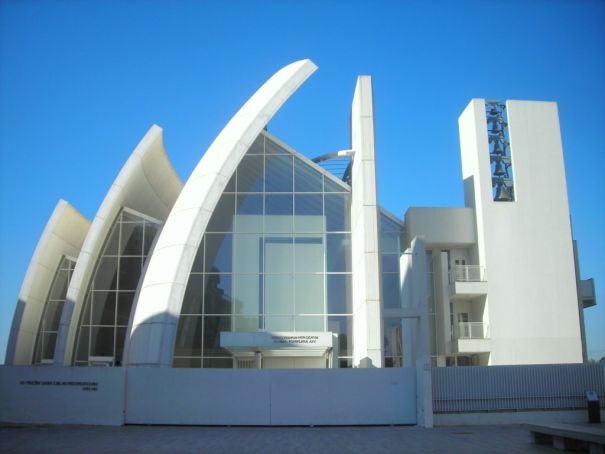
Ara Pacis
Ara Pacis. The new covering of the Altar of Peace, which dates back to 9 BC, was designed by Richard Meier and inaugurated in 2006 after seven years' work. The altar was dedicated to the goddess of peace on the return of the emperor Augustus to Rome after three years in Spain and Gaul. The design of its contemporary glass protective cover, which replaced the crumbling 1930s structure designed by Vittorio Morpurgo, was originally meant to be part of the remodelling of the whole square by Meier. However this never materialised because of fierce opposition from conservative politicians and art critics. Piazza Augusto Imperatore, which was pulled apart by Mussolini in the 1930s, is now a multi-layered mix of ancient Roman, baroque, fascist and contemporary styles. Piazza Augusto Imperatore.
MAXXI
MAXXI, the Museo Nazionale delle Arti del XXI Secolo, was designed by the late Zaha Hadid, who won the international competition in 1999. It was constructed out of an unused military barracks in the Flaminia area and was inaugurated in 2010. Via Guido Reni 4.
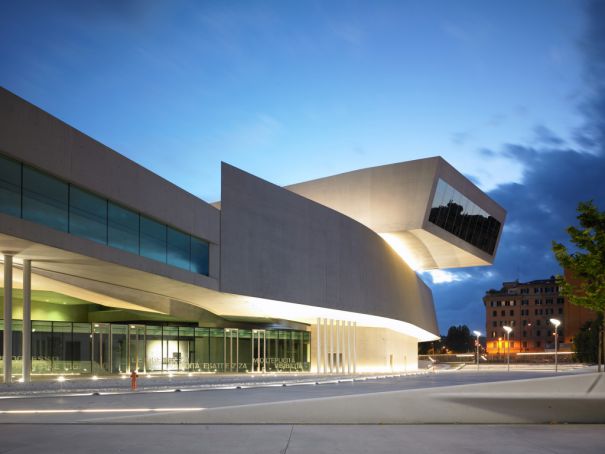
La Nuvola
La Nuvola by Massimiliano Fuksas. Rome's futurist conference centre, was finally opened in December 2016 after years of controversy and financial overruns. Via Cristoforo Colombo and Viale Asia, EUR.
By Mary wilsey
This article was published in the December 2016 edition of Wanted in Rome magazine.
Top ph: Fabio Pagani / Shutterstock.com



